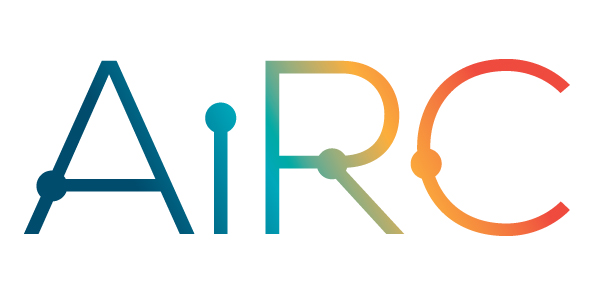Project information
The development of an assistive robot companion for the household offers great benefits for elderly and disabled people. A basic requirement for such a companion robot is the ability to fetch objects from around the household. For example, the robot should be able to “take the washing from the kitchen and put it upstairs in the bedroom”. The ability to respond to such commands presupposes that the robot is able to localise itself within the environment and identify objects.

Currently, both localisation and object identification are major research areas in robotics. Some of the major obstacles in these areas arise from noise in sensors coupled with the inherent complexity of the task. Recently, however, a number of new wireless sensor technologies (such as Bluetooth, RFID etc.) have become widely available and relatively inexpensive. These technologies offer relatively robust and reliable information that can be used for localisation and object identification. Moreover, the relatively cheap cost and small size of these sensors make them particularly suitable for retro-fitting domestic environments.
This project investigates how these new technologies can be applied to the task of simultaneous localisation and mapping.
People Involved
Yan Li, Dr Brian Mac Namee, Dr John D. Kelleher, Dr Gerard Lacey
